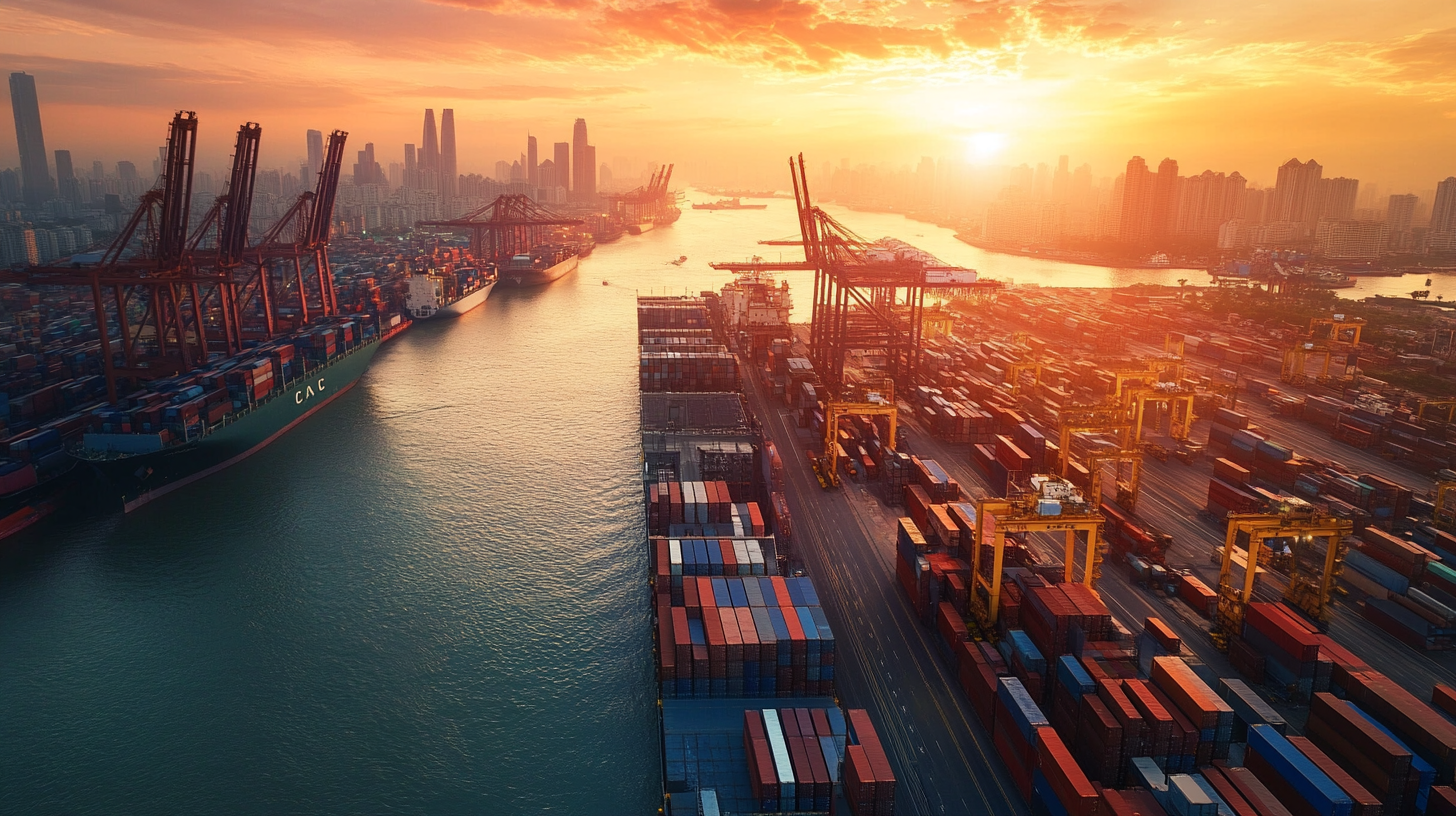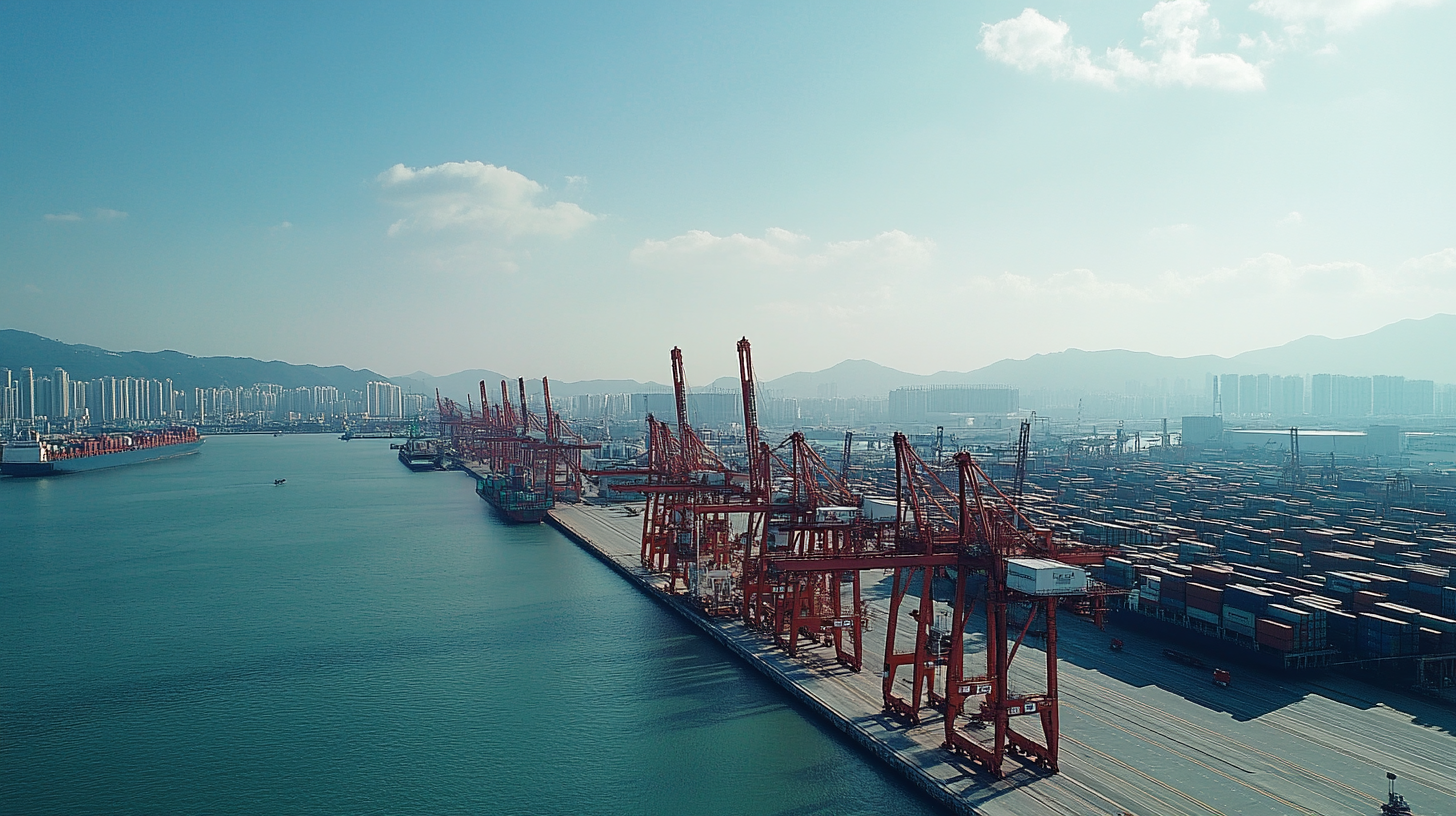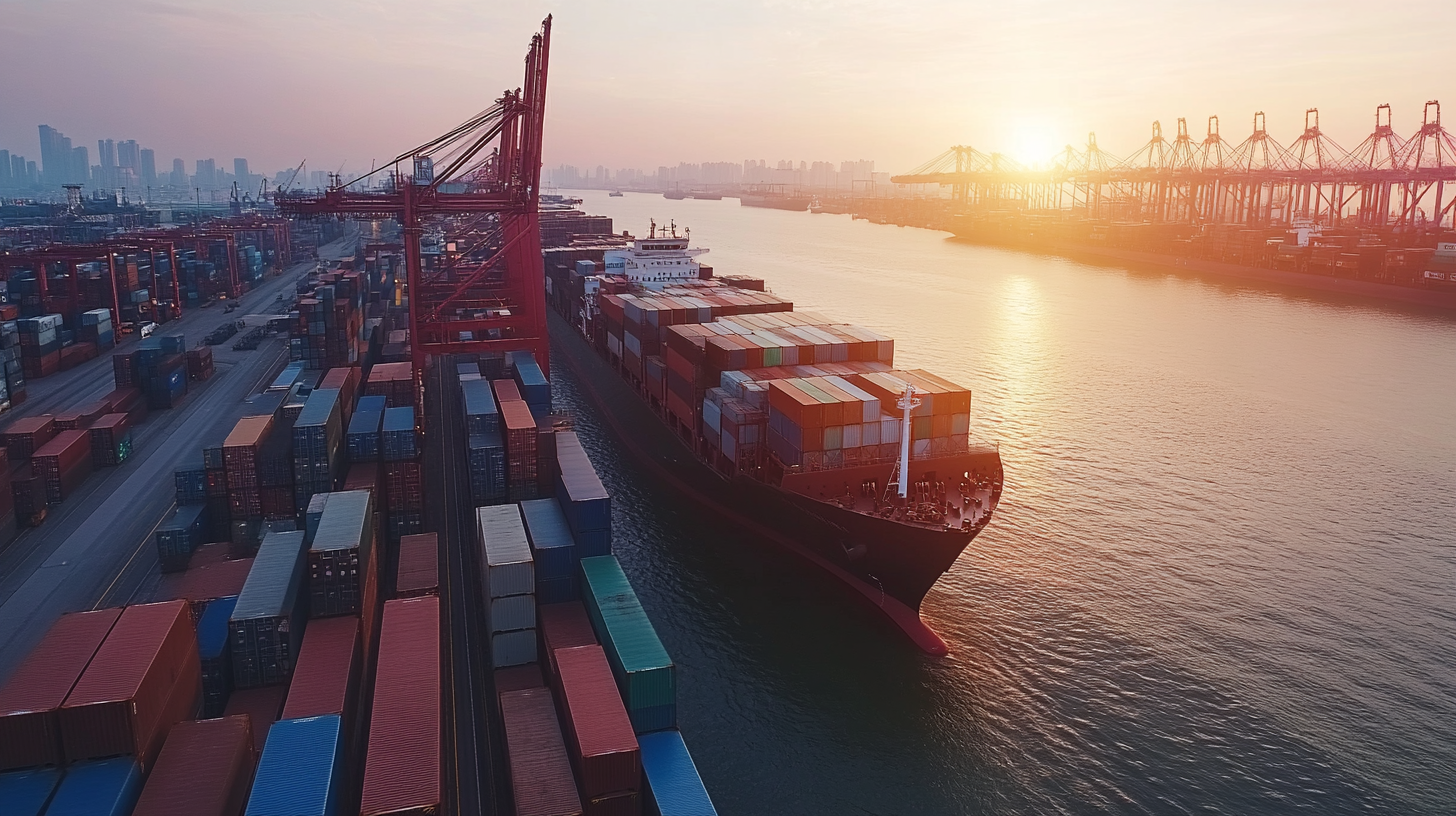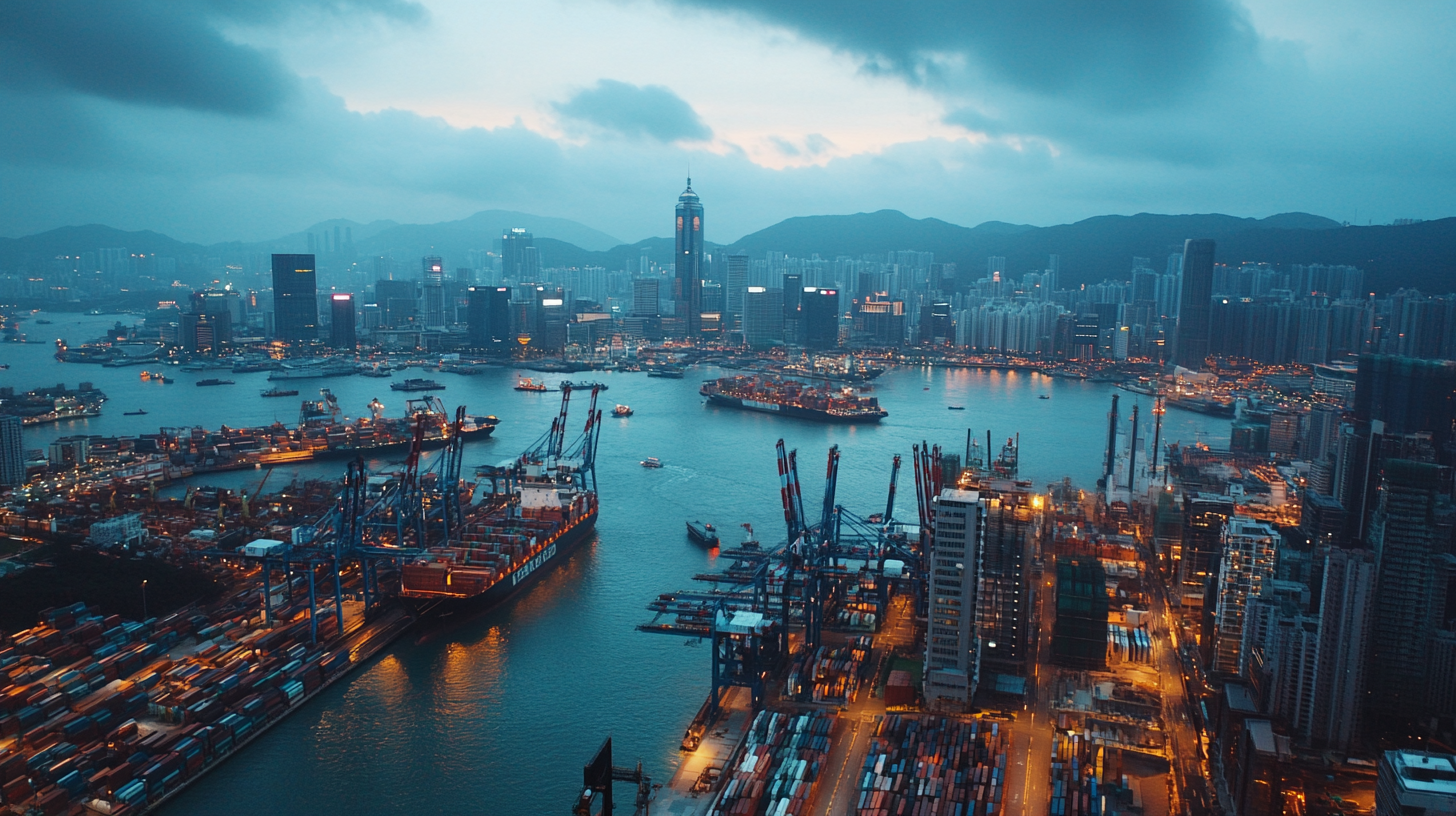Navigating Global Standards for Power Solar Panels in Export and Import Markets
Due to skyrocketing worldwide demand in the renewable energy field, the market for Power Solar Panels has increased massively over time. According to the International Renewable Energy Agency (IRENA), solar energy capacity across the world stood at 847 GW in 2020 and is predicted according to the forecast to double by 2025. As countries strive for reducing carbon footprints and persistently make way toward sustainable energy Harvesting for all, it has created a very booming marketplace for exports as well as imports of solar technologies. However, it's a significant challenge for the stakeholders since global standards and regulation complexities are stuck in this sector.
Variations in standards of quality, certification processes, and compliance requirements from one part of the world to another can have a very drastic effect on all aspects of efficiency and profitability in the Power Solar Panel's business in international trade. The Solar Energy Industries Association (SEIA) reports that applications of these standards not only contribute to reliability but also instill consumer confidence. While businesses look into expanding their footprint in foreign markets, these intricacies must be understood better. Addressing these inhibiting factors will definitely promote growth with innovative enhancements in the solar power sector toward a more sustainable energy future worldwide.

Understanding the Importance of Global Standards for Solar Panels in Trade
Global standards for solar panels enable the effective operation of their respective systems at changing times. According to Fortune Business Insights, the solar energy market is likely to witness significant business growth amounting to $223.3 billion by 2026; thus, enabling the adherence to internationally recognized standards is worth its penny. These standards, for example, IEC 61215 and IEC 61730, provide safety, maintainability, and performance of solar panels, which is necessary to create consumer-confidence in global trade. Also, the similarity of standards plays a very important role in barriers-free trade. IRENA states more than 80% of the world's solar panel exports are coming from one of several key countries. This indicates that such countries should conform to the standards to remain competitive. Otherwise, the trade might be subject to costly disputes, fines, or decreased access in the market, which could account for a very negative consequence in view of the rapid increase in demand for solar energy worldwide. Also, the defining global specifications protect the integrity of the solar industry in restricting substandard or low-quality products from entering the market, as can be seen in the EU shedding consumer protection measures while encouraging sustainability. According to industry reports, adherence to such standards can lead to up to a 30% improvement in the market share of companies as it becomes evident that adherence to standards pays dividends under rising competition in the world.

Key International Standards Impacting Solar Panel Quality and Safety
International standards are critical since they determine the importance of a solar panel plant for the export and import markets. This way, it is readily inferred how an emerging market can keep pace with a fast-growing renewable energy industry, especially solar energy. It would in no way lighten the burden of manufacturers, consumers, and ultimately importers of such compliance to standards. Such events reported recently about fires due to poorly installed systems and also electrical failure underscore the need for strength in safety and controls. Some of these incidences bring in need-based questions to fill out regulatory frameworks in which safety exists from installation perusal to user-end experiences.
Of such examples that can serve as models for successful applications in solar energy technology are Denmark. These achievements were brought about through cooperation and international standards. The rows of solar panels in solar parks reflect not just investments in clean energy but also a commitment to upholding very high safety and quality standards. Especially limited with the growing trend of increased competitive strength around the world, particularly that by countries having world-class capabilities in manufacturing, compliance with the standards becomes more vital to every company that intents to export their products or enters new markets.
As new technologies and innovations emerge, it is important to the industry stakeholders to keep engaging in continual conversation on the development of the standards. Events like industry forums and conferences play a vital role in aligning the interests of manufacturers, regulators, and consumers on safety and quality in solar energy solutions. This is vital for robust growth in the high-quality development that the current global market demands while at the same time ensuring consumer trust in renewable energy applications.

Analyzing Market Demand for Solar Panels in Emerging Economies
Emerging markets are spearheading global transformation in solar panels. China has emerged as the driving force behind the first-half record export of photovoltaic products this very year. Freshly released data indicate strong demand from global markets reflected in the recent, substantial export volumes of some key solar supply-chain segments-hence, the silicon wafer, solar cells, and modules. With countries shifting to renewable sources, the adoption of solar panels appears to witness tremendous growth in the developing regions, especially those found in the Global South.
A study conducted by the Rocky Mountain Institute shows that the Global South economies are affecting the climate energy transition. The region constitutes countries that heavily invest in solar power, which will have a chance to effect the energy landscape soon. Green technology and sustainability drive domestic demand, attract foreign investment, and create international trade networks. The International Energy Agency (IEA) has recently underscored that shift, declaring that solar energy production in China surpasses total electricity demand in the United States, reaffirming its leading role in renewable energy worldwide.
Yet challenges remain. The United States and the European Union have expressed worries regarding alleged overcapacity in China's solar industry, fearing it to be capable of driving down local manufacturers and disturbing the market. This situation has raised questions on fair competition and regulatory measures. As the market landscape changes, assuring a fair playground for sustainable growth of the global solar panel market will be important, especially with emerging economies adapting cleaner energy technologies more and more often, between constantly embracing innovation.

Navigating Regulatory Challenges in Solar Panel Export and Import
Navigating the regulations regarding solar panel import and export may involve a veritable ordeal in various regions. Each nation has its own set of standards and requirements that must be complied with by manufacturers. Regulation frequently includes standards regarding things like technical specification, safety, and the environment, with the aim of protecting consumers and ensuring sustainability in the renewable energy models. These become very important for companies intending to engage in global trade activities involving solar panels as any failure in compliance may lead to losses including un-actionable time delays, penalties, and even non-receipt of items at the borders.
Rather than technical regulation to which businesses must submit, the certification processes and documentation are also exhaustive challenges. Non-compliance mostly is a requirement for importers to provide evidence that such products meet the local regulations of their country before being cleared to import them into their jurisdictions. Such can be achieved through achieving any of IEC standard certifications or some local certifications pertaining to the country of destination, among other certificates or evidence. Such documentation keeping would thus be quite crucial in ensuring a successful operation across the globe.
Political and economic factors can also exacerbate regulatory challenges. Trade agreements, tariffs, and changing government policies can affect the feasibility of exporting or importing solar panels. Companies need to remain agile, changing directions to navigate these dynamics and proactively manage relationships with regulatory bodies. This means that all efforts should now be geared towards compliance and transparency. In doing this, companies can position themselves to play better in the emerging global solar market.
Evaluating the Economic Impact of Compliance with Global Solar Panel Standards
The economic influence of complying with global solar panel standards is far-reaching, as it determines how markets and products are structured and molded for competitiveness among manufacturers. In 2022, global solar solar PV capacity reached 1000 GW, according to the report released by the International Energy Agency (IEA), indicating the increasing demand for solar technologies in the coming years. As countries impose stricter standards upon solar panels to improve their efficiency and reliability, it becomes imperative for manufacturers to adjust to these regulations to keep their lucrative export markets. Studies suggest that noncompliance with such regulations leads some tariffs and penalties that raise the cost of products by nearly 25% affecting market share and revenue.
Adherence to global standards also promotes quality improvement in products owing to trust amongst consumers and thus, expands market growth. Such reports show that countries with strict compliance measures for solar panels tend to be attracted by both domestic and foreign investments in the renewable energy sector. Examples of such countries are Germany and Japan, both known for very rigorous standards, whose solar PV markets have expanded in contribution to local job creation and technology development, thus reinforcing the local economy for the continent.
Moreover, while the price increases of solar cells are not really looking too different in today's market, worldwide norms in years to come could help steer innovations in this field. It has been reported that by investing in research and development in compliance with these standards, the overall cost of manufacturing is lowered through economies of scale and advanced products. The Solar Energy Industries Association (SEIA-wise) states that 15 percent of operational costs have decreased within five years in businesses that adopted these practices. Therefore, although initial capital required for such global compliance may be huge, long-run returns on that investment will be greatly higher than the invested capital thus paving the way for an economically sustainable future for the solar industry.
